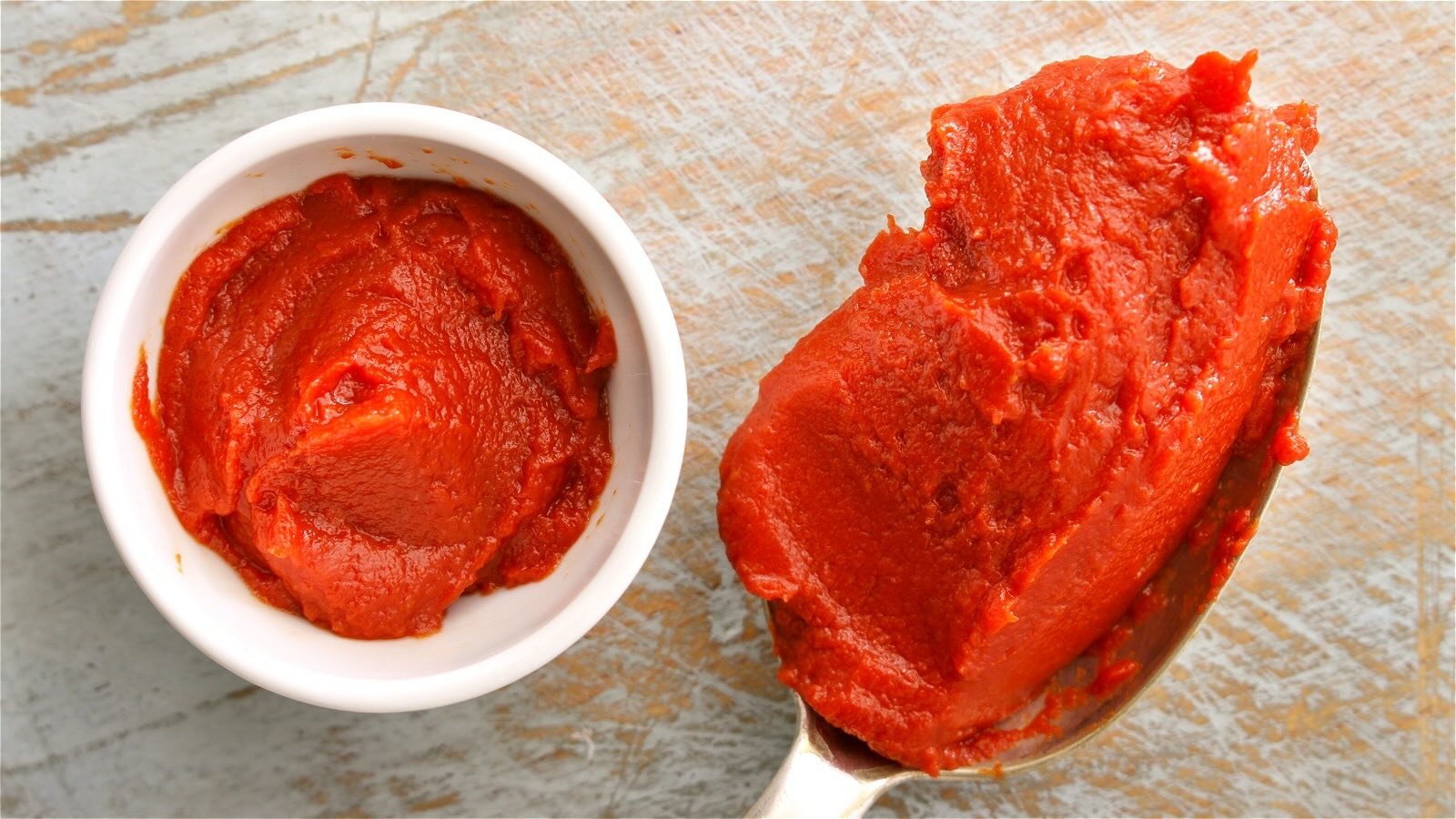

Articles
How To Store Tomato Paste
Modified: January 18, 2024
Learn the best methods for storing tomato paste in this helpful article. Keep your tomato paste fresh and ready to use for all your favorite recipes.
(Many of the links in this article redirect to a specific reviewed product. Your purchase of these products through affiliate links helps to generate commission for Storables.com, at no extra cost. Learn more)
Introduction
Tomato paste is a versatile ingredient that adds a rich and concentrated tomato flavor to a variety of dishes. Whether you use it in soups, stews, sauces, or even as a pizza topping, having tomato paste on hand can be a time-saving and convenient option for home cooks.
However, once opened, tomato paste needs to be stored properly to maintain its freshness and flavor. Improper storage can lead to spoilage and waste, affecting the taste and quality of the paste.
In this article, we will explore the factors that affect the storage of tomato paste and discuss proper storage techniques. We will also provide tips on using stored tomato paste effectively to avoid any waste. So, let’s dive in and discover the best ways to store tomato paste!
Key Takeaways:
- Proper storage of tomato paste is essential to maintain its freshness and flavor. Factors like moisture, air exposure, and temperature play a crucial role in determining its longevity.
- Whether refrigerating, freezing, using canning jars, or ice cube trays, each storage method offers unique advantages for preserving tomato paste. Follow proper hygiene and storage rotation to avoid waste and spoilage.
Read more: How To Store Canned Tomato Paste
Understanding Tomato Paste
Before we dive into the storage techniques, it’s important to understand what tomato paste is and how it is made. Tomato paste is a concentrated form of tomato puree, created by cooking tomatoes for an extended period of time to remove most of the water content.
The process of making tomato paste involves straining out the seeds and skin of the tomatoes, leaving behind a smooth, thick paste. This concentrated form of tomatoes intensifies the flavor and allows for a longer shelf life compared to fresh tomatoes.
Tomato paste is typically sold in small cans or tubes and is available in both regular and organic varieties. It is important to check the labels for any additional additives or preservatives, as some brands may contain added salt or sugar.
With its strong flavor and deep red color, tomato paste is a popular ingredient in various cuisines around the world. It adds a burst of umami and richness to dishes such as pasta sauces, casseroles, and even marinades.
Now that we have a basic understanding of tomato paste, let’s explore the factors that can affect its storage and how to store it properly to ensure its freshness and quality.
Factors Affecting Tomato Paste Storage
Several factors can affect the storage of tomato paste and determine how long it remains fresh and flavorful. Understanding these factors will help you implement the best storage techniques to extend the shelf life of your tomato paste:
- Moisture: Tomato paste should be stored in a dry environment to prevent the growth of mold or bacteria. Moisture can cause the paste to spoil more quickly.
- Air exposure: Oxygen can lead to oxidation, which can deteriorate the quality and flavor of tomato paste. It’s important to store tomato paste in an airtight container to minimize air exposure.
- Temperature: The temperature at which tomato paste is stored plays a crucial role in its longevity. Extreme heat can cause the paste to spoil faster, while freezing temperatures can affect the texture and taste. It is best to store tomato paste at a cool and consistent temperature.
- Light: Exposure to light can cause the color of tomato paste to fade, and it may also affect the flavor. It is best to store tomato paste in a dark or opaque container.
- Contamination: Proper hygiene while handling tomato paste is essential. Ensure that your hands, utensils, and storage containers are clean to avoid any contamination.
By considering these factors, you can implement the appropriate storage techniques and ensure that your tomato paste remains fresh and flavorful for an extended period of time. In the following sections, we will explore different storage methods that can help you preserve your tomato paste effectively.
Proper Storage Techniques
To ensure that your tomato paste stays fresh and maintains its flavor, it is crucial to employ proper storage techniques. Here are a few methods you can use to store tomato paste:
- Refrigeration: One of the simplest ways to store tomato paste is by placing it in the refrigerator. Once you have opened the can or tube, transfer any unused portion into an airtight container. Ensure that the container is clean and dry before transferring the paste. Store it in the refrigerator, where the temperature is consistently cool. The cool temperature will slow down the spoilage process and help maintain the quality of the tomato paste.
- Freezing: Freezing tomato paste is another effective method of storage. Transfer the unused portion of the paste into an airtight container or freezer bag, removing as much air as possible. Label the container with the date and place it in the freezer. Frozen tomato paste can last for several months. However, keep in mind that freezing may alter the texture of the paste, making it slightly grainy. To use frozen tomato paste, simply thaw it in the refrigerator overnight or use a defrost function in the microwave.
- Canning Jars: Another option is to store tomato paste in canning jars. Clean and sterilize the jars beforehand to ensure proper hygiene. Transfer the paste into the jars, leaving a bit of headspace at the top. Seal the jars tightly and store them in a cool, dark place, such as a pantry or cellar. Canned tomato paste can last for up to a year when stored properly.
- Ice Cube Trays: For smaller portions, consider using ice cube trays to freeze tomato paste. Transfer the paste into the compartments of the ice cube tray and freeze until solid. Once frozen, remove the tomato paste cubes from the tray and transfer them into a freezer bag. This method allows you to conveniently portion out the paste when needed.
No matter which storage method you choose, make sure to label the containers with the date to keep track of their freshness. Additionally, always remember to practice proper hygiene when handling the tomato paste and its storage containers to avoid any contamination.
Now that we have discussed the various storage techniques, let’s explore each method in more detail, including specific steps and tips, to ensure you are using the best method for your tomato paste storage needs.
Storing Tomato Paste in the Refrigerator
Refrigeration is a simple and effective method for storing tomato paste and keeping it fresh for an extended period. Here’s the step-by-step process for storing tomato paste in the refrigerator:
- After opening the can or tube of tomato paste, transfer any unused portion into a clean and dry airtight container. Ensure that the container is suitable for fridge storage and has a tight-sealing lid.
- Label the container with the date to keep track of its freshness.
- Place the container in the refrigerator, ideally on the middle shelf where the temperature is cooler and consistent.
- Make sure the refrigerator temperature is set between 35°F (1.7°C) and 40°F (4.4°C) to slow down the spoilage process.
- Refrigerated tomato paste can typically be stored for up to 5-7 days. However, always check for any signs of spoilage, such as mold or off-putting odor, before using it in your recipes.
When using refrigerated tomato paste, remember to scoop out the desired amount using a clean utensil to maintain the paste’s hygiene. Avoid using your fingers directly in the container, as it can introduce bacteria and contaminants.
Refrigeration is an excellent option when you plan to use the tomato paste within a week and want easy access to it. However, if you have a larger amount of tomato paste or want to store it for a more extended period, consider freezing or using canning jars as alternative storage methods.
Now that we have covered refrigeration, let’s explore the process of storing tomato paste in the freezer for long-term storage.
Store tomato paste in an airtight container in the refrigerator to keep it fresh for longer. You can also freeze it in ice cube trays for easy portioning.
Read more: How To Store Tomato Paste In The Fridge
Storing Tomato Paste in the Freezer
Freezing tomato paste is a great option when you have a surplus or want to store it for a longer period. The freezer helps preserve the freshness and flavor of the tomato paste. Here’s how you can store tomato paste in the freezer:
- Transfer the unused portion of tomato paste into a clean and dry airtight container or freezer bag. If using a container, leave a bit of headspace to allow for expansion as the paste freezes. If using a freezer bag, squeeze out as much air as possible before sealing.
- Label the container or freezer bag with the date to keep track of its freshness.
- Place the container or freezer bag in the freezer, ideally in a spot where it won’t get crushed or disturbed.
- Frozen tomato paste can typically last for 3-4 months. However, for best quality, try to use it within 2-3 months.
To thaw frozen tomato paste, move it to the refrigerator and let it defrost slowly. This can take a few hours to overnight, depending on the quantity and thickness of the paste. Avoid thawing it at room temperature, as it can lead to bacterial growth.
Once thawed, frozen tomato paste may have a slightly grainy texture. However, this should not affect its taste or performance in recipes.
Freezing tomato paste in smaller portions, such as using ice cube trays, can be convenient for portion control. Once the tomato paste is frozen in the ice cube tray compartments, transfer the cubes to a freezer bag labeled with the date. This way, you can easily grab as many cubes as you need without thawing the entire batch.
Now that you know how to store tomato paste in the freezer, next, let’s explore an alternative method using canning jars.
Storing Tomato Paste in Canning Jars
Using canning jars is an excellent method for storing tomato paste, especially if you prefer a longer storage period and want to keep the paste shelf-stable. Here’s how you can store tomato paste in canning jars:
- Before starting the process, ensure that your canning jars and lids are clean and sterilized. You can achieve this by boiling them in water for a few minutes or running them through a dishwasher cycle.
- Transfer the unused tomato paste into the sterilized canning jars, leaving some headspace (around 1/4 inch) at the top.
- Wipe the rims of the jars with a clean, damp cloth to remove any residue or stickiness. This will help ensure a proper seal.
- Place the sterilized lids on the jars and screw on the bands firmly but not overly tight.
- Store the filled jars of tomato paste in a cool, dark place, such as a pantry or cellar, to maintain their quality.
- Canned tomato paste can last for up to a year when stored properly. However, it’s always a good idea to check for any signs of spoilage, such as bulging lids or unusual odor, before consuming.
When using canned tomato paste, scoop out the desired amount using a clean utensil to prevent any contamination. Avoid using metal utensils that can scratch the jar surfaces, which can lead to corrosion or spoilage.
Storing tomato paste in canning jars is an excellent option if you enjoy the convenience of having readily available tomato paste for an extended period. However, keep in mind that once you open a jar, the paste should be treated as refrigerated and used within 5-7 days.
Now that we have covered the canning jar method, let’s explore another unique storage technique using ice cube trays.
Storing Tomato Paste in Ice Cube Trays
If you frequently need small portions of tomato paste for your recipes, storing it in ice cube trays can be a convenient method. Here’s how you can store tomato paste in ice cube trays:
- Transfer the tomato paste into clean and dry ice cube trays. Fill each compartment with the desired amount of tomato paste, leaving a small space at the top.
- Smooth out the surface of the paste in each compartment to ensure even freezing.
- Place the ice cube trays in the freezer and let the tomato paste freeze until solid.
- Once frozen, remove the tomato paste cubes from the ice cube trays and transfer them into a labeled freezer bag.
- Seal the freezer bag tightly, squeezing out any excess air, and return it to the freezer.
Using this method allows you to portion out the tomato paste according to your needs. When a recipe calls for tomato paste, simply take out the desired number of frozen cubes and thaw them in the refrigerator or add them directly to your dish. Each cube is approximately one tablespoon of tomato paste.
This method ensures that the rest of the paste remains frozen and unaffected by repeated thawing and refreezing.
Storing tomato paste in ice cube trays is an efficient way to avoid wastage and conveniently access small portions whenever you need them. It’s especially helpful if you enjoy making smaller recipes or want to enjoy the flavor of tomato paste without opening a whole can or tube.
Now that we have explored various storage techniques for tomato paste, let’s move on to some tips for using stored tomato paste effectively.
Tips for Using Stored Tomato Paste
When using stored tomato paste, keep these tips in mind to maximize its flavor and ensure optimal usage:
- Measurements: As most recipes call for a small amount of tomato paste, it’s essential to measure it accurately. Use a measuring spoon or refer to the measurement markings on your ice cube tray for precise amounts.
- Partial Use: When opening a jar or container of tomato paste, you may not always use the entire portion. To prevent waste, cover the exposed surface of the paste with a thin layer of olive oil before returning it to the refrigerator or freezer. This helps create a seal and prevent air exposure, preserving the paste’s freshness.
- Recipe Adaptation: Feel free to adjust the amount of tomato paste in a recipe according to your taste preferences. You can start with a smaller amount and gradually add more if desired. Remember, tomato paste is concentrated, so a little goes a long way.
- Flavor Enhancement: To intensify the flavor of tomato paste, consider sautéing it in a little oil before adding it to your recipe. This step helps to develop the richness and depth of the tomato flavor.
- Combine with Liquid: If your recipe calls for adding tomato paste directly to a liquid-based sauce or stew, it’s a good idea to dilute it a bit. Mix the paste with a small amount of water or broth to create a smoother texture and easier incorporation into the dish.
- Storage Rotation: To ensure you use stored tomato paste before it reaches its expiration date, practice a first-in, first-out rotation system. Label your containers with the date of storage, and when using tomato paste, prioritize the ones with the earliest date to prevent any waste or spoilage.
By following these tips, you can make the most out of your stored tomato paste and enhance the flavors of your recipes. Remember that tomato paste adds depth and richness, so use it as a flavor enhancer in your favorite dishes.
Now that we have covered the tips for using stored tomato paste, let’s wrap up our article.
Read more: How To Store Extra Tomato Paste
Conclusion
Properly storing tomato paste is crucial to maintain its freshness, flavor, and quality. Whether you choose to store it in the refrigerator, freezer, canning jars, or ice cube trays, each method offers its own advantages in terms of convenience and longevity.
When storing tomato paste, consider factors such as moisture, air exposure, temperature, light, and contamination to ensure optimal storage conditions. By implementing appropriate storage techniques, you can extend the shelf life and maximize the usage of tomato paste in your kitchen.
Refrigeration is a suitable option for short-term storage, while freezing allows for longer-term preservation. Canning jars provide shelf-stable storage, while using ice cube trays offers portion-controlled convenience.
When using stored tomato paste, follow measurement guidelines, adapt recipes to your taste, and enhance the flavor by sautéing or diluting the paste with liquid. Remember to practice proper storage rotation and label containers with dates to prevent waste or spoiled tomato paste.
Whether you’re preparing a pasta sauce, a hearty stew, or a sumptuous marinade, having properly stored tomato paste on hand ensures that you can easily and conveniently add that rich, concentrated tomato flavor to your dishes.
So, the next time you open a can or tube of tomato paste, use the proper storage techniques and follow our tips for utilizing it effectively. By doing so, you will ensure that your tomato paste remains fresh, flavorful, and ready to enhance your culinary creations.
Now it’s time to stock up on tomato paste and explore the world of delicious recipes you can create with this versatile ingredient!
Frequently Asked Questions about How To Store Tomato Paste
Was this page helpful?
At Storables.com, we guarantee accurate and reliable information. Our content, validated by Expert Board Contributors, is crafted following stringent Editorial Policies. We're committed to providing you with well-researched, expert-backed insights for all your informational needs.
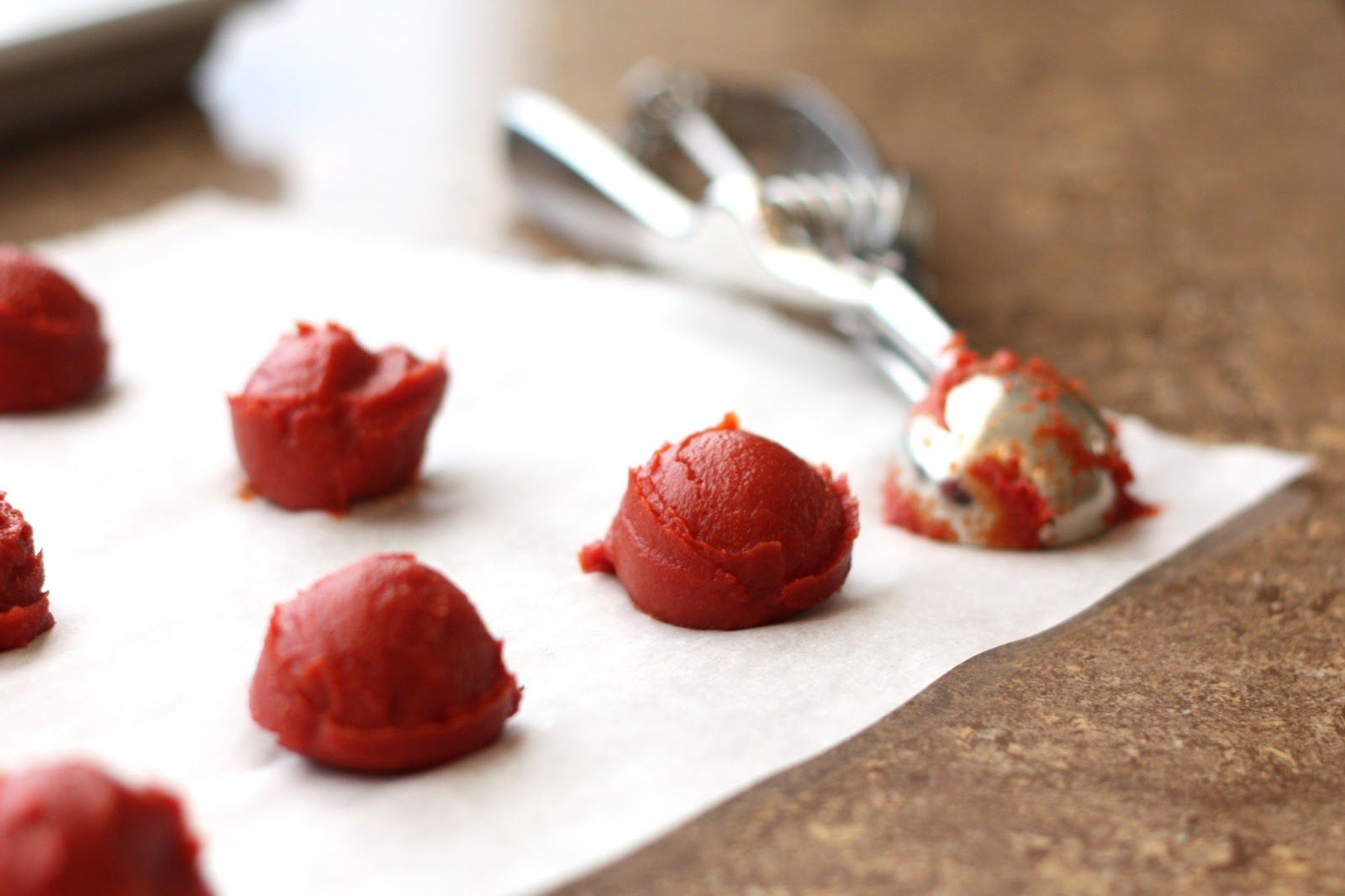
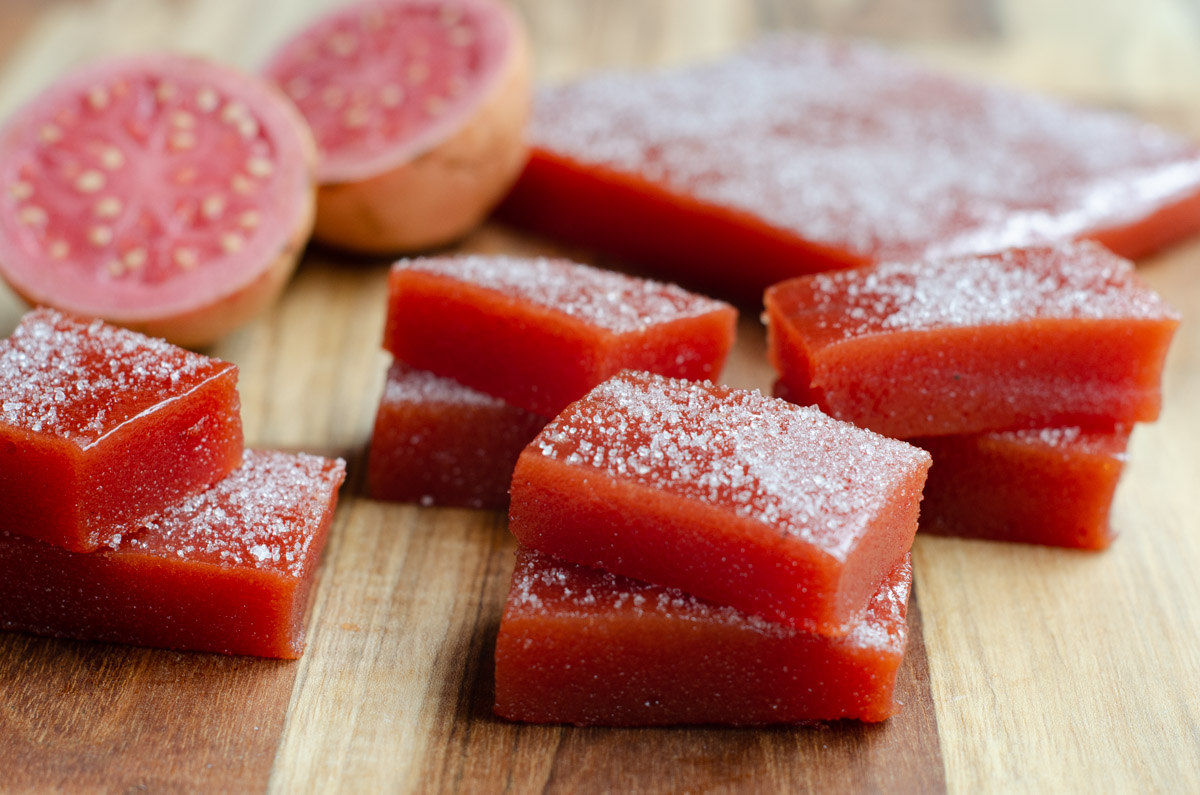
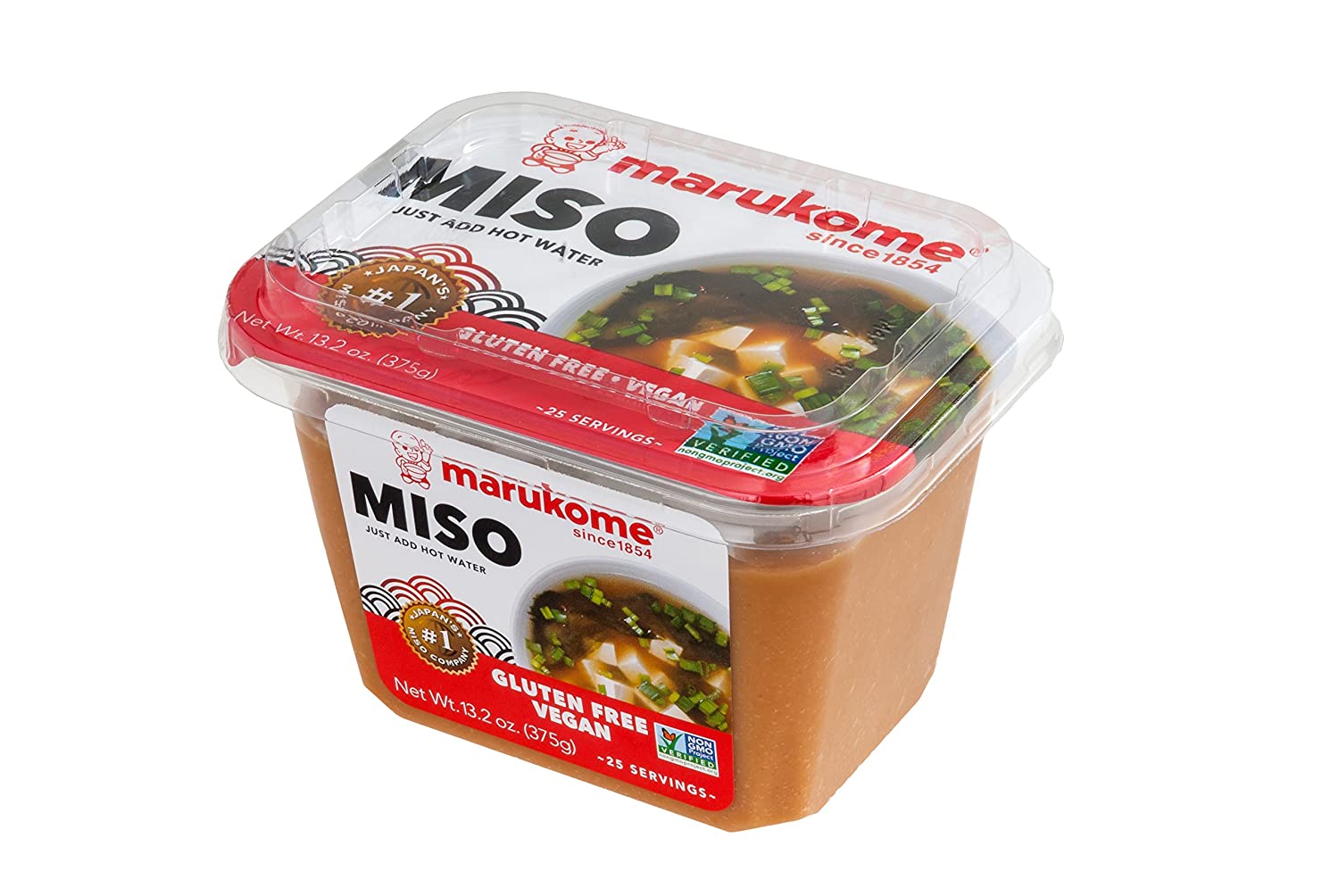


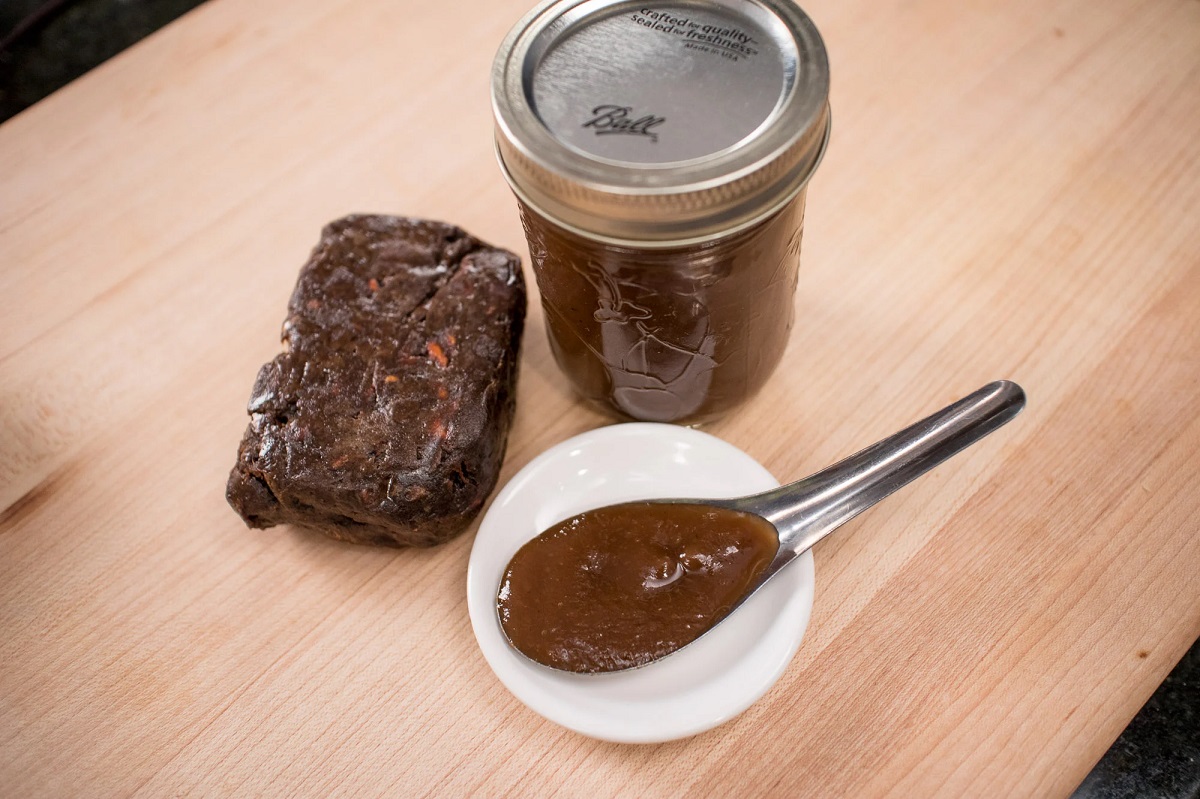
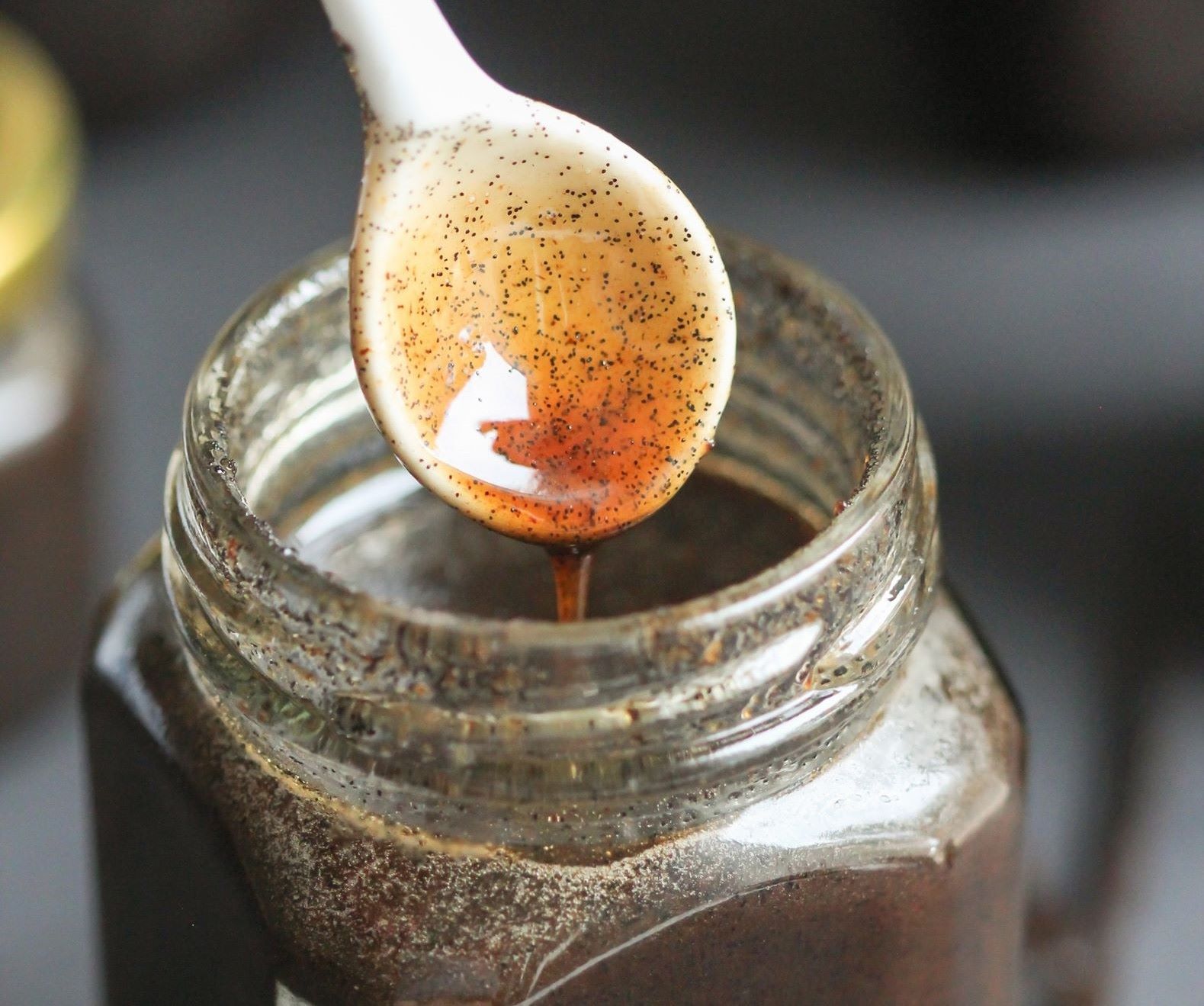



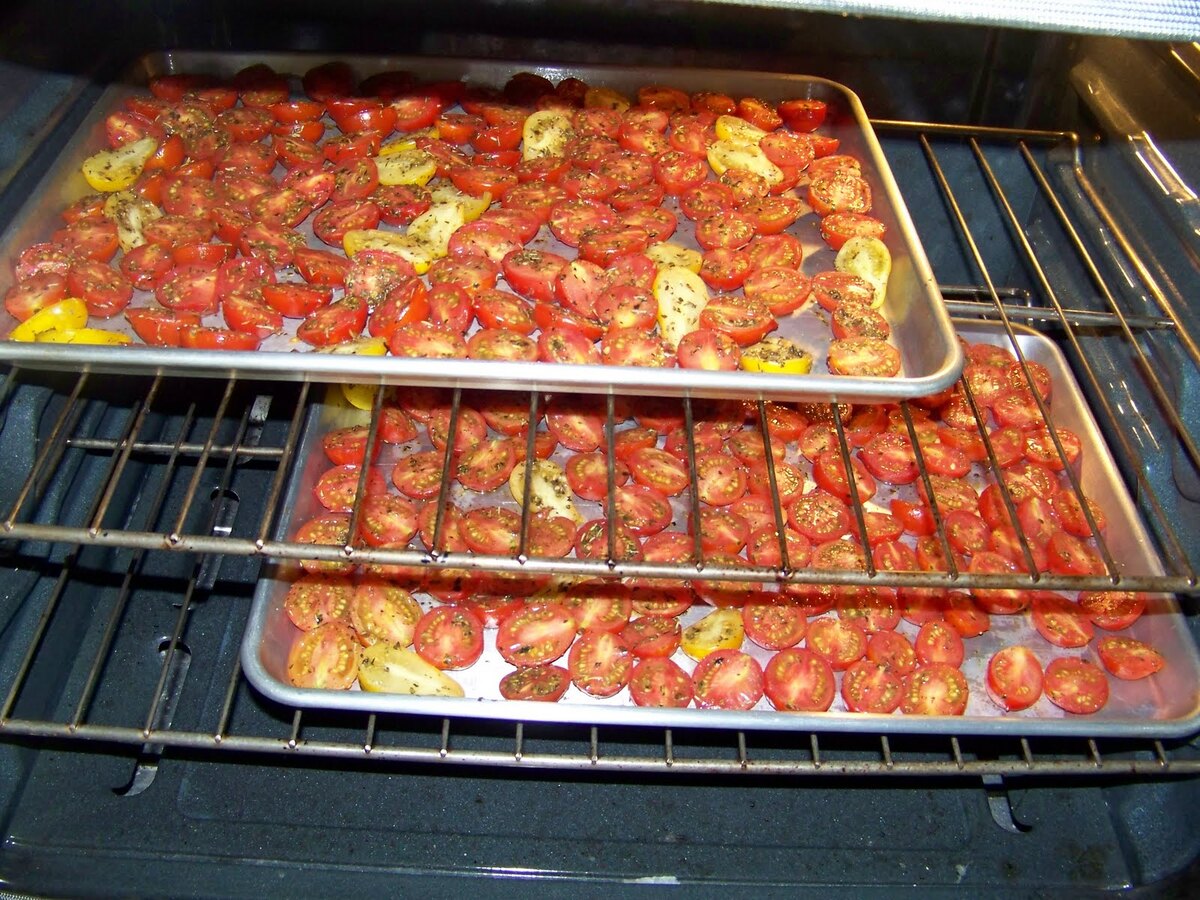
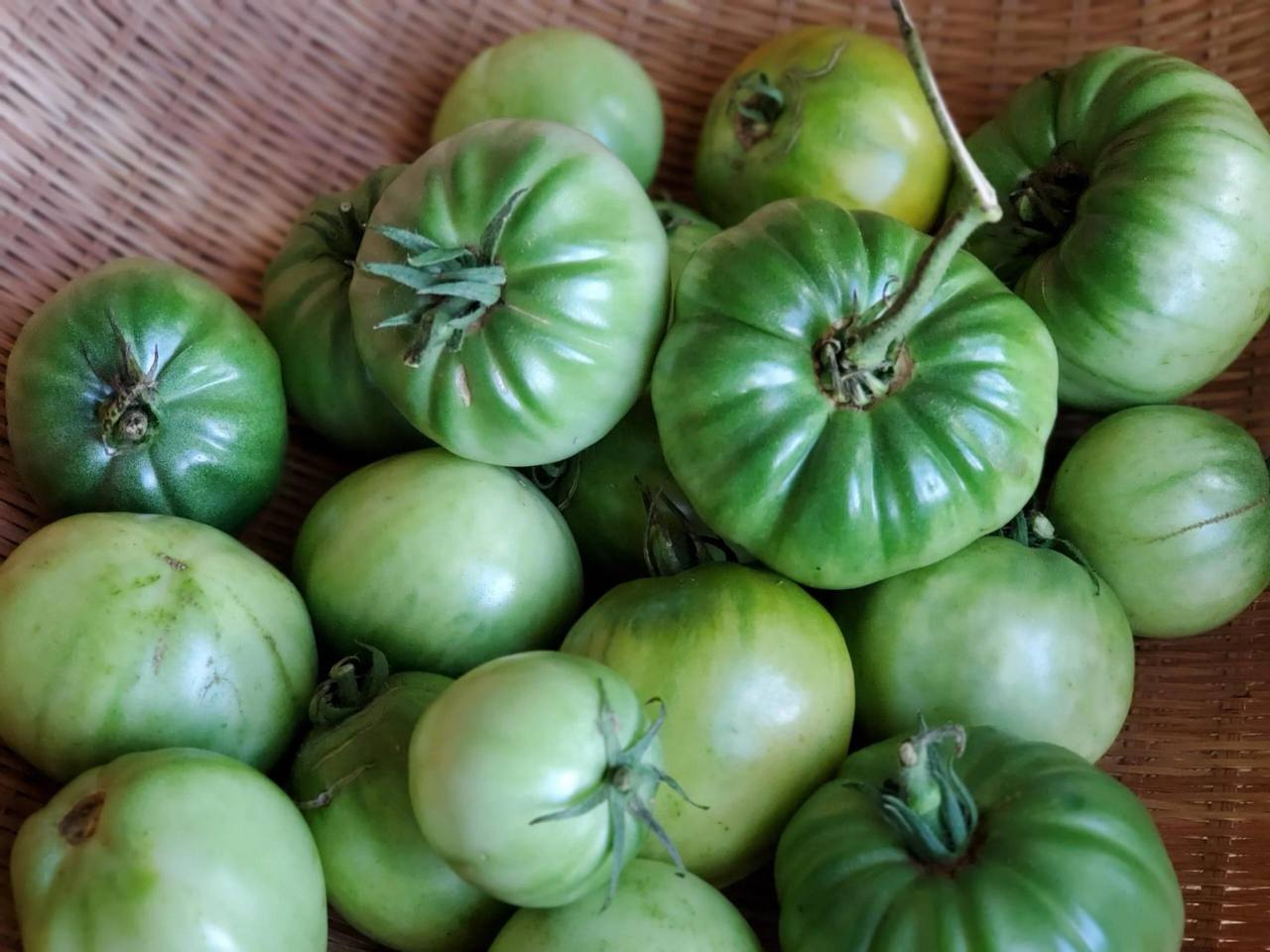


0 thoughts on “How To Store Tomato Paste”